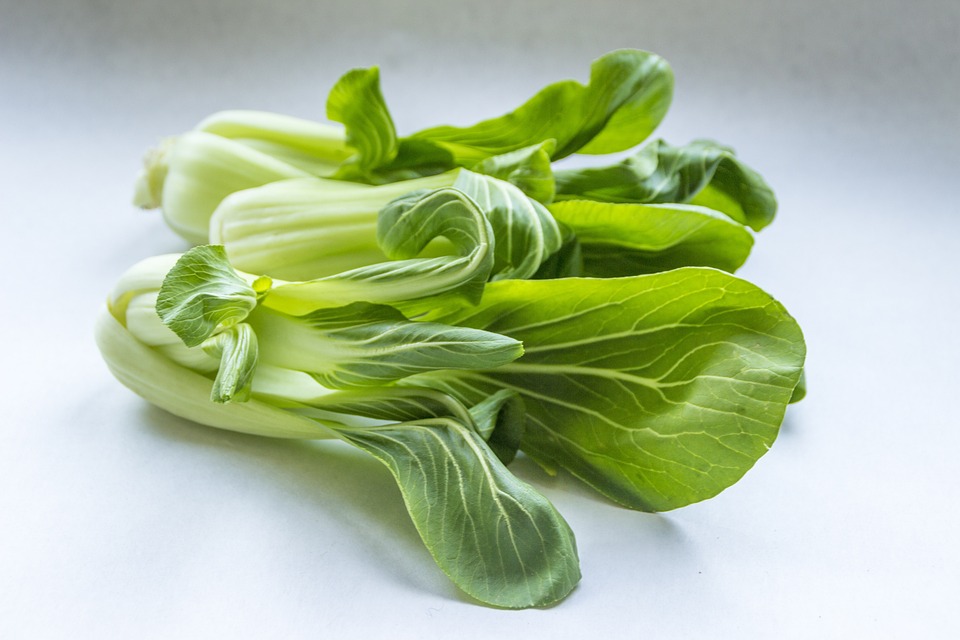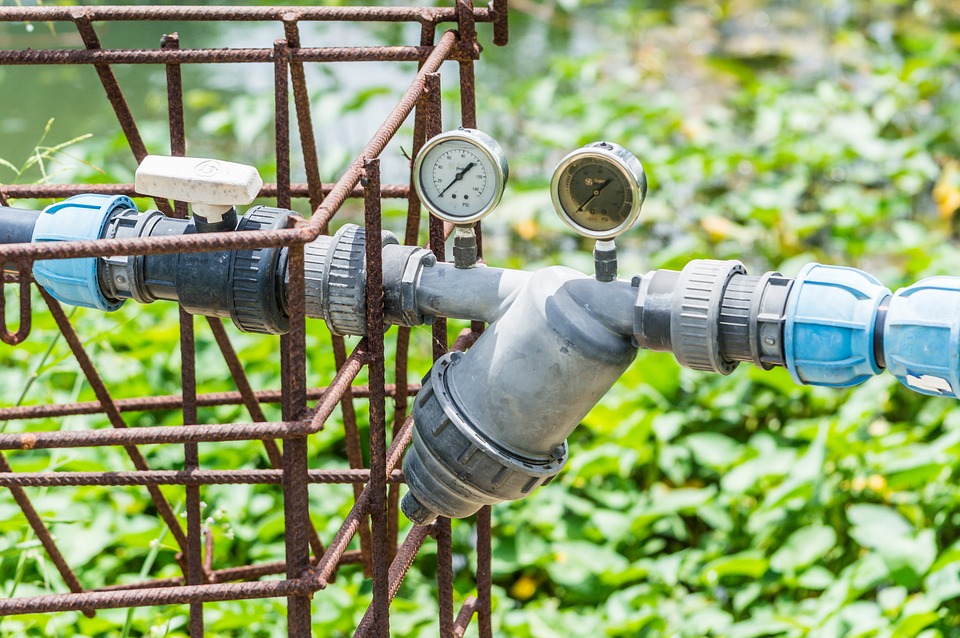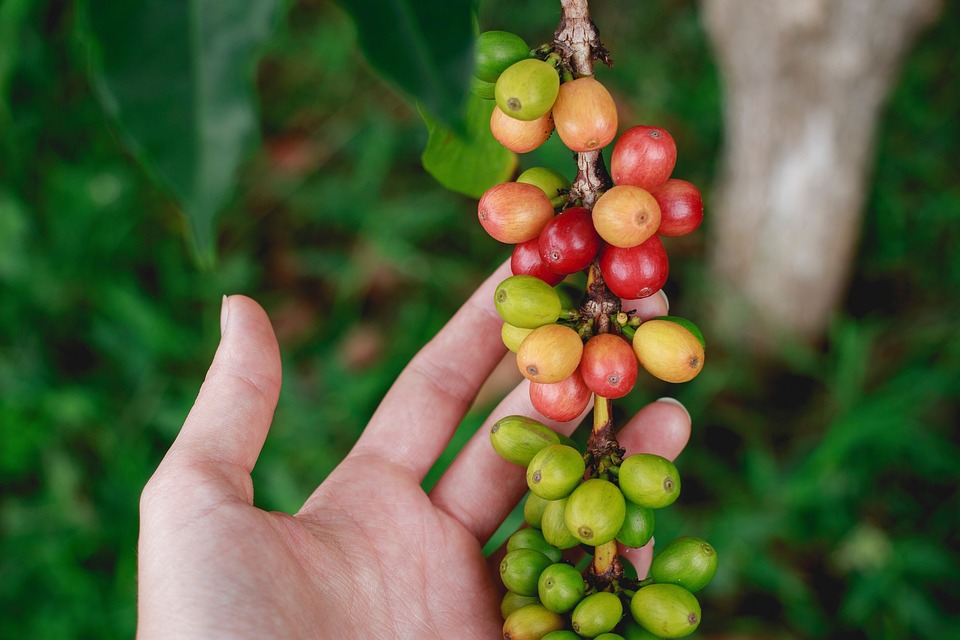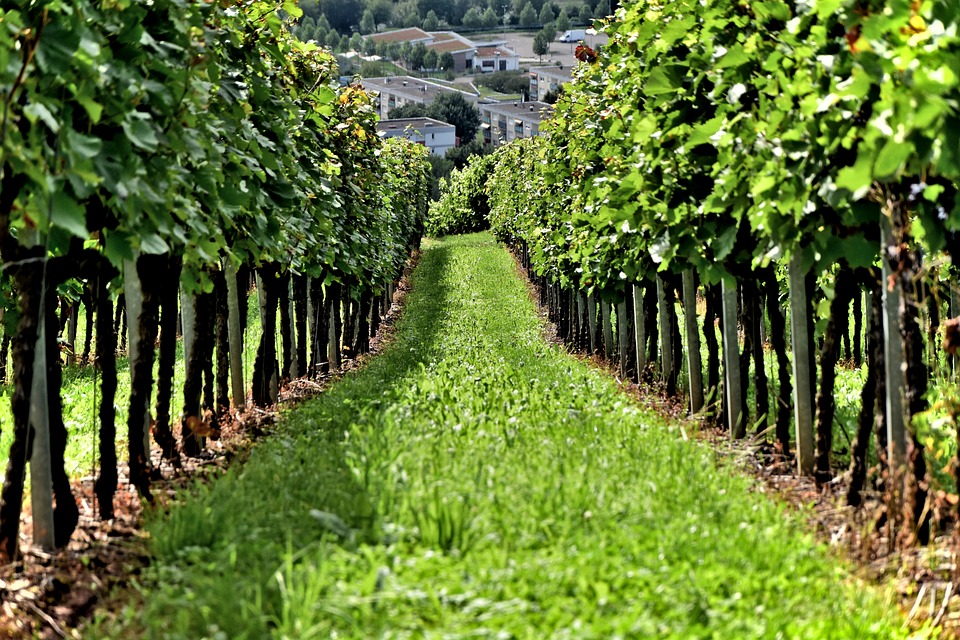Innovative Techniques for Sustainable Farming Success
Innovative Techniques for Sustainable Farming Success Living off the grid for many years has allowed me to fully immerse myself in sustainable farming and gardening. I’ve learned a lot along the way, and I’m excited to share some of the innovative techniques that have brought me success. From utilizing new technologies to implementing old-fashioned farming methods, these techniques are sure to bring a new level of sustainability and success to your farm or garden. Utilizing Vertical Farming One innovative technique that has revolutionized my farming practices is vertical farming. This method involves growing crops in vertically stacked layers, often in controlled environments like greenhouses or hydroponic systems. Not only does this technique maximize space, but it also allows for more efficient use of resources such as water and energy. Additionally, vertical farming can help reduce the environmental impact of traditional farming practices while increasing yields. Pro Tip: When setting up a vertical farm, be sure to consider the specific needs of the crops you plan to grow. Different plants require different amounts of light, water, and nutrients, so it’s important to tailor the system to meet these needs. Utilizing Aquaponics Aquaponics is another innovative technique that has significantly contributed to my sustainable farming success. This method combines aquaculture (raising fish) with hydroponics (the soil-less growing of plants) in a symbiotic environment. The fish waste provides an organic food source for the plants, and the plants naturally filter the water for the fish. This integrated system conserves water, eliminates the need for chemical fertilizers, and provides a valuable source of protein through the fish. It’s a win-win for both the environment and the harvest. Pro Tip: When starting an aquaponics system, be sure to carefully consider the species of fish and plants you want to integrate. Some fish and plant combinations work better than others, so do your research to ensure a successful and sustainable setup. Implementing Permaculture Design Permaculture design has been another game-changer for my sustainable farming efforts. This approach seeks to create agricultural systems that mimic the diversity, stability, and resilience of natural ecosystems. By integrating the principles of permaculture, such as observing and interacting with nature and valuing renewable resources, I’ve been able to create a more sustainable and self-sufficient farming environment. Pro Tip: When implementing permaculture design, start small and gradually build on your successes. It’s important to take the time to observe and understand the natural patterns and processes on your land before making significant changes. Utilizing Renewable Energy Sources Incorporating renewable energy sources, such as solar panels and wind turbines, has been essential to my sustainable farming success. These sources provide clean and reliable energy for powering irrigation systems, lighting, and other farming operations. By reducing reliance on fossil fuels, I’ve been able to lower my environmental impact while cutting costs in the long run. Pro Tip: Before investing in renewable energy sources, conduct a thorough energy audit to determine your specific energy needs and the most viable renewable energy options for your farm or garden. Utilizing Smart Irrigation Systems Smart irrigation systems have been a game-changer for sustainable farming success. These systems utilize sensors and weather data to deliver the right amount of water at the right time, minimizing water waste and maximizing crop growth. By implementing smart irrigation systems, I’ve been able to conserve water, reduce energy use, and optimize crop yields. Pro Tip: When installing a smart irrigation system, be sure to calibrate the sensors and regularly monitor the system for optimal performance. Proper maintenance and monitoring are key to maximizing the benefits of smart irrigation technology. In conclusion, sustainable farming success is achievable through the implementation of innovative techniques such as vertical farming, aquaponics, permaculture design, renewable energy sources, and smart irrigation systems. These methods not only promote environmental stewardship but also lead to more efficient and productive farming practices. By embracing these innovative techniques, farmers and gardeners can create healthier, more sustainable food systems for years to come.










